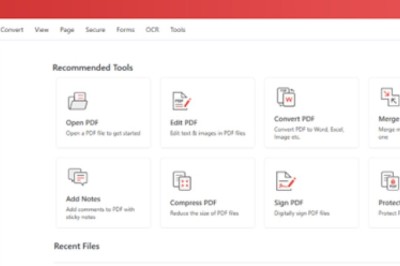views
Cyber security has reached its peak as the threats have grown tremendously with an increase in digitalization. Cybersecurity is the practice of protective electronic systems. It is designed to protect the network and your devices from attack and damage from any unauthorized access.
The primary purpose of this practice in digital banking is to protect the customer’s assets as more and more people do all the transactions online. So a bank doesn’t just need security guard services to keep its employees safe, but also cyber security services to keep its customers safe. Without it, your bank’s sensitive data could be at risk. The biggest threats to a bank cyber securities are:
- Unencrypted data
This may be a basic one but it’s still a crucial part of good cyber security. All data you stored within your bank both online and on your computer should be encrypted. If your data is encrypted it can’t be immediately used if stolen by hackers. If the data is left unencrypted the hackers can use it right away which can cause serious problems for your financial institution.
- Malware
If an end-user device has been compromised by malware it can put your bank’s cyber security at risk each time they connect with your network. This connection passes sensitive data through it and if the end-user device has malware installed on it, the malware can attack your bank’s network if it’s not properly secured.
- Third-party service
Third-party service from other vendors is hired by a bank or other financial institution in many cases to upgrade customer service. If that third-party vendor doesn’t apply good cyber security measures, the bank can be the one that ends up suffering. So before hiring a third-party service, to stay protected from security threats, you should look into all the solutions and how to avoid threats.
- Spoofing
This is a newer type of cyber threat where hackers find a way to impersonate a bank’s website URL without a website that looks and functions exactly the same way. When you as a user enter your login information, that information gets stolen by a hacker and gets used later on by him. What is more concerning is that the new spoofing techniques don’t just use slightly different but similar URLs so they are able to target users who visit the correct bank’s website.
- Manipulated data
The intention of hackers and hacking doesn’t always have to be to steal your data. Sometimes they just want to change it. This type of their intention is hard to detect right away and it can cause major financial institution problems and make damage equal to millions of dollars if not more. It can be challenging to detect and identify what has and hasn’t been altered because the data at that point doesn’t look any different than the previous data.
- Phishing
The attempt to get your sensitive information (for eg. your credit card details) by disguising it as a trustworthy entry in an electronic communication is called phishing. This scam has evolved significantly; it all looks so real but you end up fooled into giving away your sensitive bank information.
Alongside providing your customers convenient and great service, it is vital to keep their information safe. Even though these threats aren’t physical, hiring a cyber security service is inevitable so they can be avoided.























Comments
0 comment